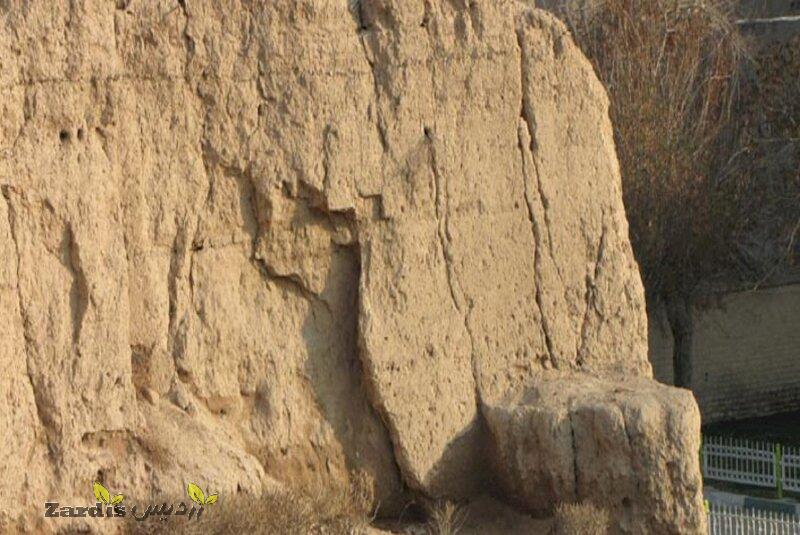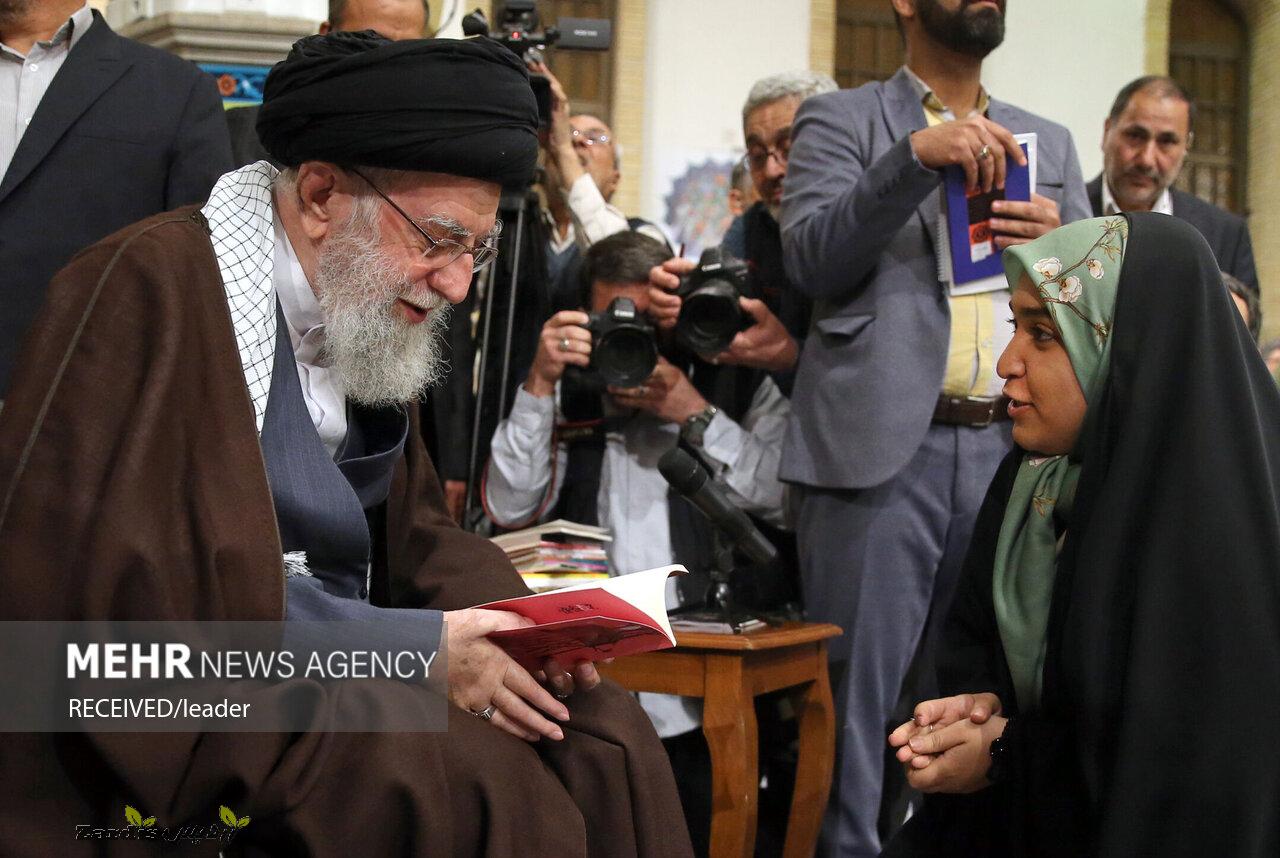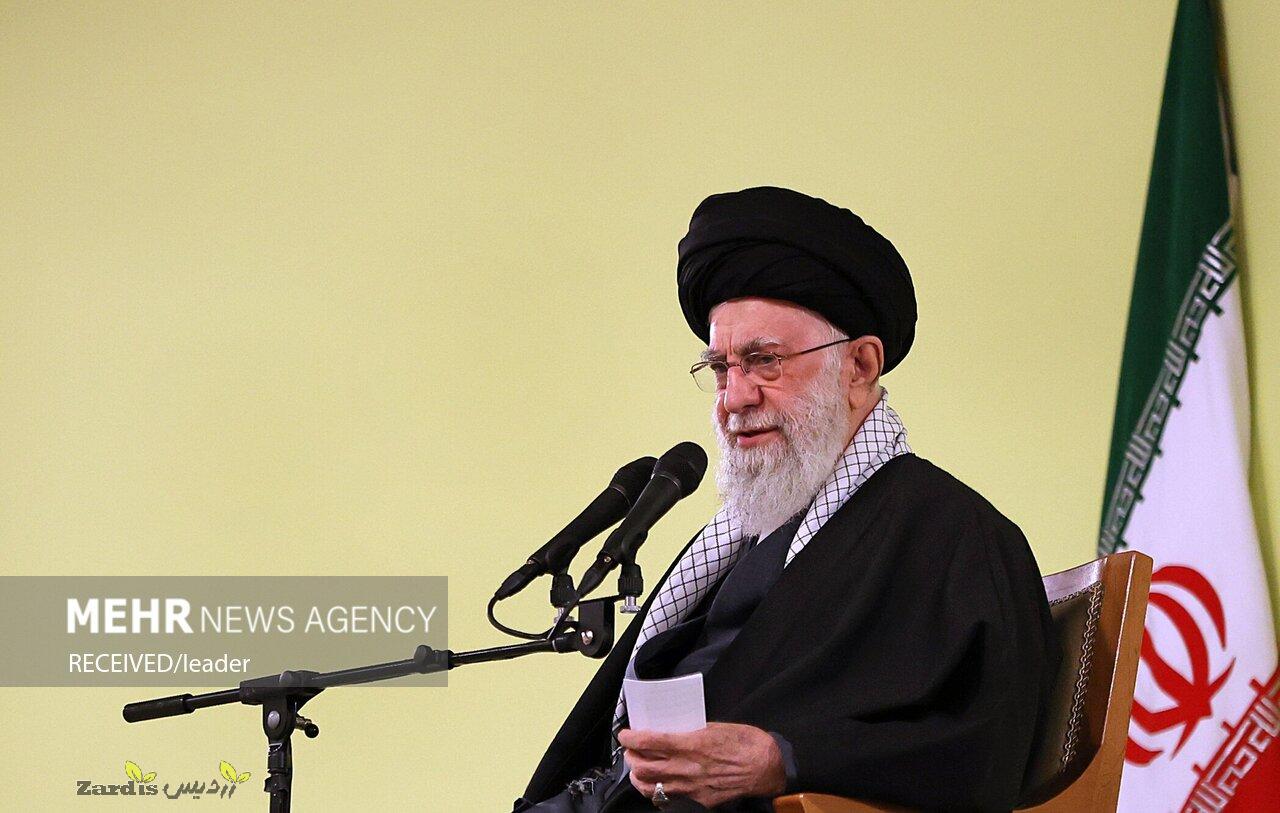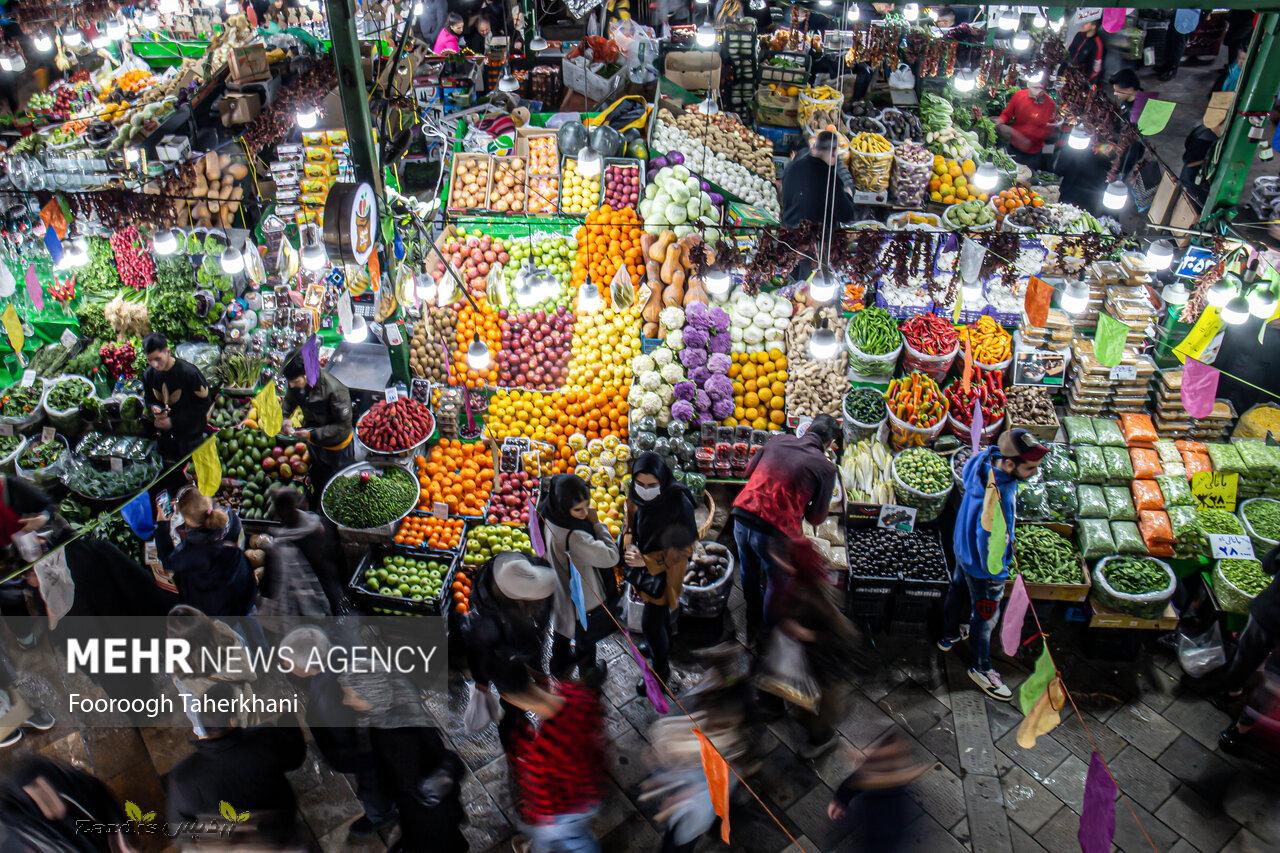TEHRAN – The ancient hill of the historical, cultural, and recreational site of Cheshmeh-Ali, which is situated south of the Iranian capital, is planned to be preserved and reorganized, Tehran’s deputy tourism chief has announced.
A budget of two billion rials (about $47,000 at the official exchange rate of 42,000 rials per dollar) has been allocated to the project, which will be carried out under the supervision of the cultural heritage experts, Morteza Adibzadeh said on Monday.
During the project, aerial photogrammetry will be carried out as well as a three-dimensional documenting of the Cheshmeh-Ali to identify and prepare the site plans for the complex, he noted.
A team of restorers will organize and strengthen the hill walls and repair the damaged walls with earthen mortar and thatch, as well as clean the hill surfaces in accordance with hill protection principles, the official added.
Back in March, Cheshmeh-Ali was added to the natural heritage list of the country.
Cultural and natural heritage advocates believe the inscription would help the site to receive better care and maintenance to preserve that for future generations.
A couple of years ago, the water flow shrank dramatically, prompting voices of dissatisfaction over the fate of the ancient site. Officials and cultural heritage enthusiasts repeatedly warned about the vanishing spring with some blaming the Tehran Urban & Suburban Railway Operation Co., saying the problem arises from tunnel construction. Narratives say that the locals used to clean their rugs in the pool, believing that the properties of the mineral water make the rugs brighter in color.
Cheshmeh-Ali, literally meaning Spring of Ali, embraces an underground mineral stream that pours into an open-air pool that has long been a destination for sightseers and a recreational center for the locals. During the summertime, the site is occupied by hundreds of locals who came for swimming and having fun.
Cheshmeh-Ali is in the neighborhood of the ancient Ebn-e Babveyh cemetery, the 12th-century Tughrul Tower, the historical Rashkan Castle, and next to the aged Rey Castle. Another attraction of the site is a 19th-century rock-carved relief that overlooks the pool. The artwork was commissioned by the Qajar king Fath Ali Shah who reigned from 1797 to 1834. Cheshmeh Ali also contains an archaeological site estimated to date from the 4 millennium BC.
Rey was one of the capital cities of the Parthian empire (3rd century BC–3rd century CE) and it was captured by the Muslim Arabs in 641 CE. During the reign of the Muslim caliph al-Mahdi in the 8th century, the city grew in importance until it was rivaled in western Asia only by Damascus and Baghdad.
According to Britannica, Islamic writers described it as a city of extraordinary beauty, built largely of fired brick and brilliantly ornamented with blue faience (glazed earthenware). It continued to be an important city and was briefly a capital under the rule of the Seljuqs, but in the 12th century, it was weakened by the fierce quarrels of rival religious sects. In 1220 the city was almost destroyed by the Mongols, and its inhabitants were massacred. Most of the survivors of the massacre moved to nearby Tehran, and the deserted remnants of Rey soon fell into complete ruin.
ABU/MG
Zardis news | The latest news of Iran and the world
All rights reserved for "Zardis news"It is protected and any copying without mentioning the source is prohibited.
Pursuant to Article 12 of Chapter 3 of the Cybercrime Law, copying the format and content will be prosecuted.







